 |
| October 06, 2020 |
Dear Reader,
The 2020 Nobel Prize in Physics has been awarded to scientists Roger Penrose, Reinhard Genzel and Andrea Ghez for work on black holes. Check out today's lead story on this year's prize about "the darkest secrets of the universe." Next, a bug trapped in a precious gem could offer new clues in the hunt for ancient life on Earth and Mars. The opal, pulled from rock in Indonesia, contains the shell of a tiny cicada nymph. And in climate news, hotter daytimes are thwarting students' academic progress and exacerbating long-standing educational inequities for people of color, according to researchers who examined the issue in more than 50 countries. |
| | Sunya Bhutta, Senior Editor, Audience Engagement
@sunyaaa | |
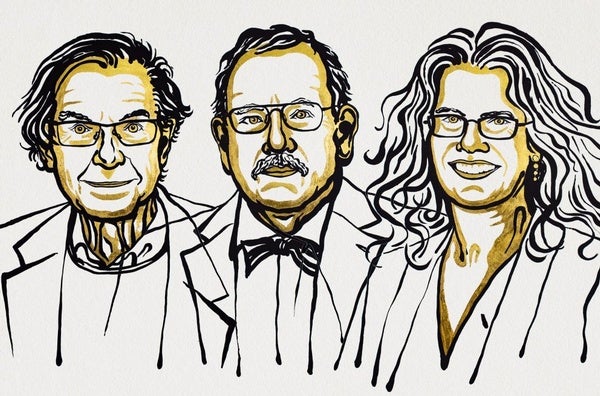 |
| |
| |
| |
| |
| Medicine New Nobel Laureate Talks Today's Virology Charles Rice, who today shared the Nobel Prize in Physiology or Medicine for the discovery of the hepatitis C virus, talked about how rapidly research now occurs compared with his early work. |  | By Steve Mirsky | 03:12 | | | |
| |
| |
FROM THE STORE
 | | Scientific American Print & Full Archive For $99 per year, your Print & Full Archive subscription includes 12 print and digital issues with full digital archive access back to 1845 and Android and iOS app access. |  | | |
| |
FROM THE ARCHIVE
 | | The Nature of Space and Time Two relativists present their distinctive views on the universe, its evolution and the impact of quantum theory By Stephen W. Hawking and Roger Penrose | July 1, 1996 | | |
LATEST ISSUES
 |
| |
| Questions? Comments?  | |
| Download the Scientific American App |
| |
| |



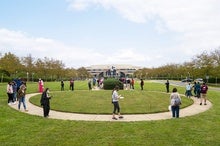

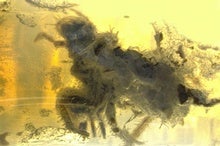
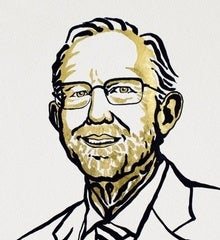


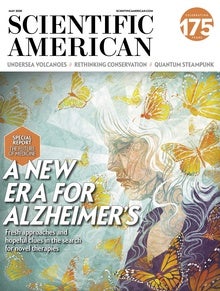

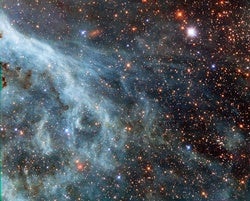
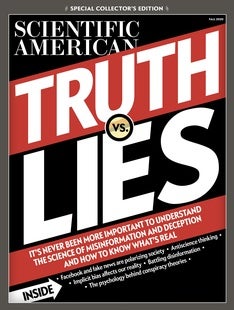

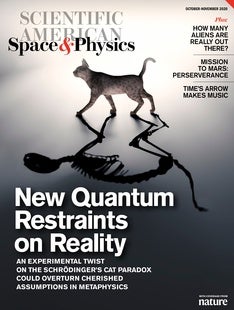
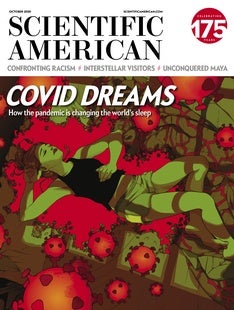
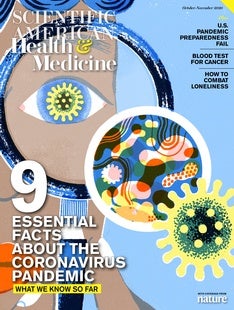



Comments
Post a Comment